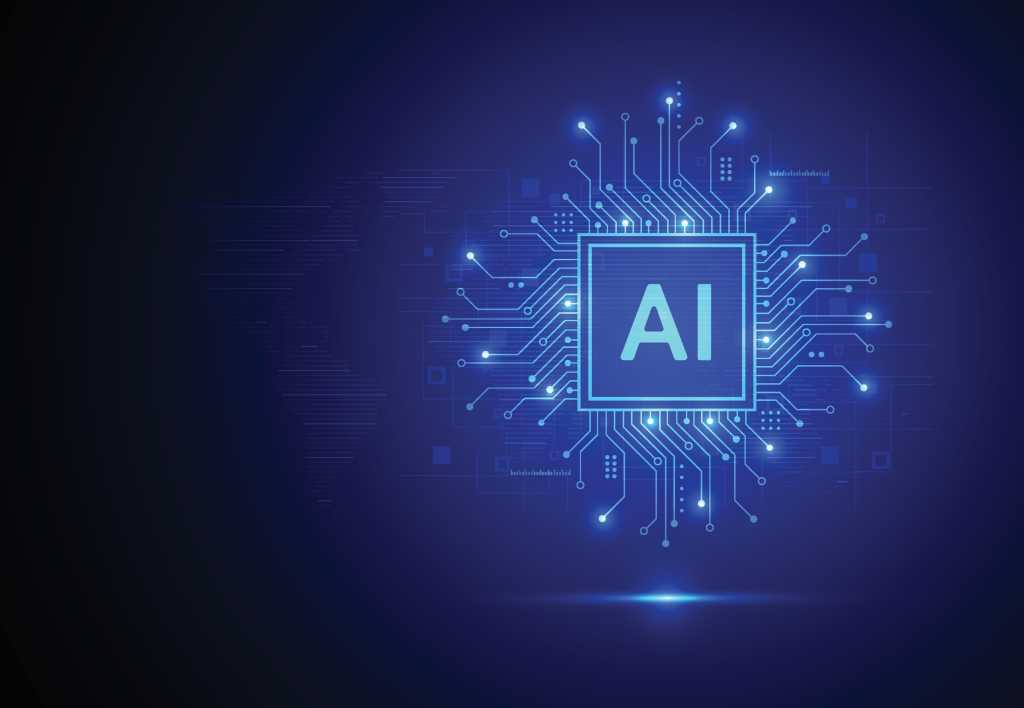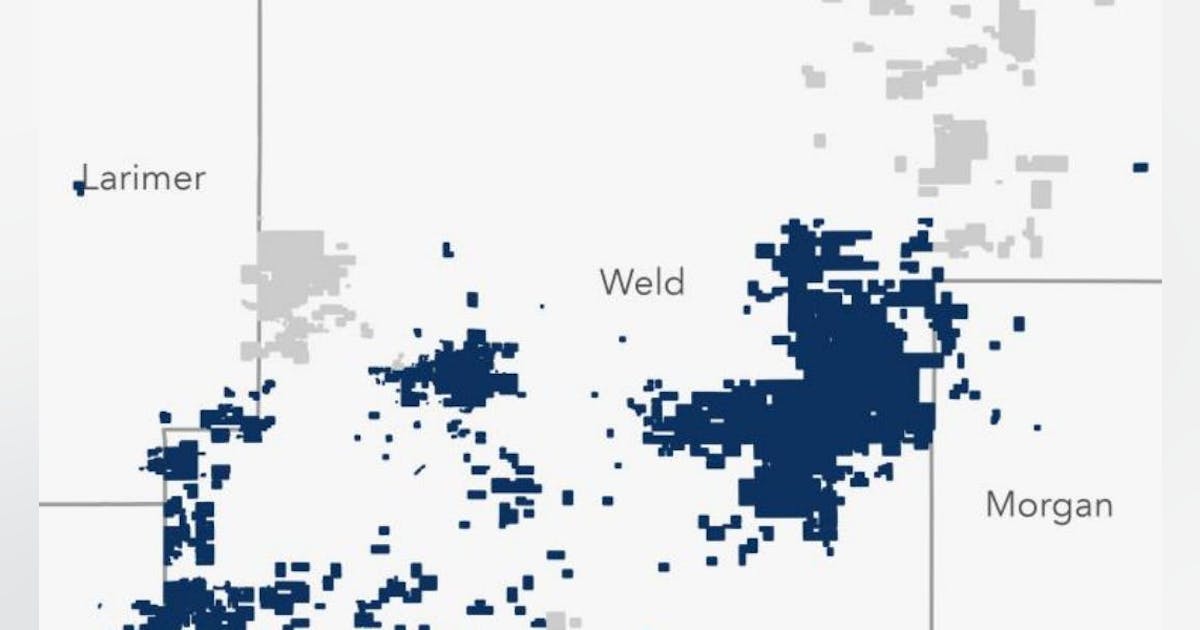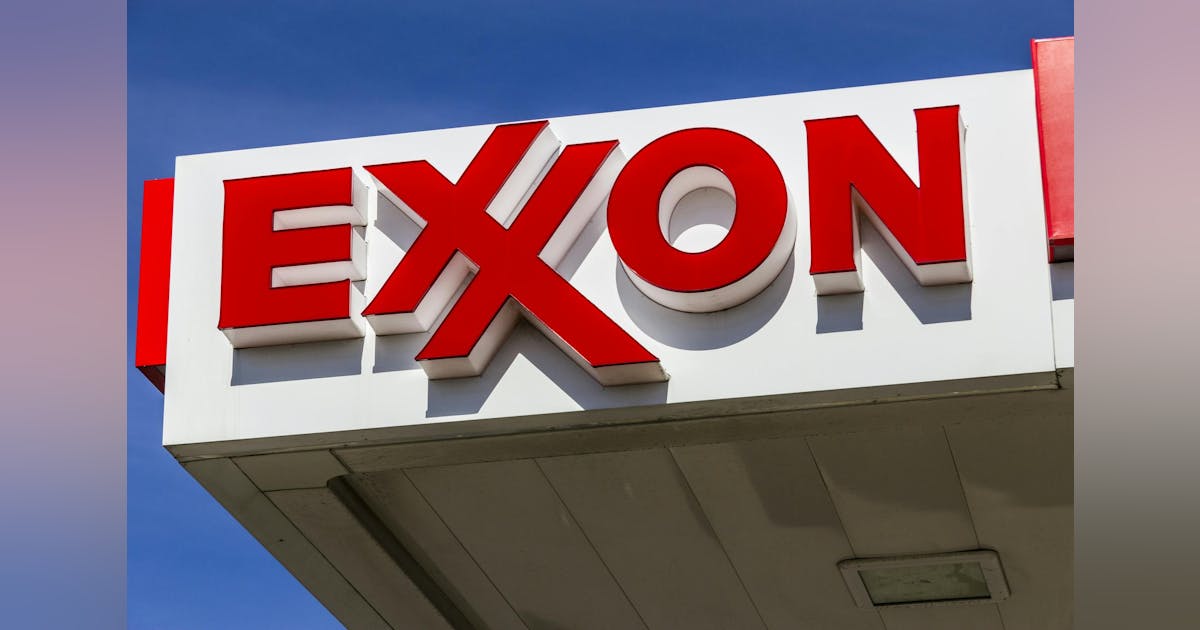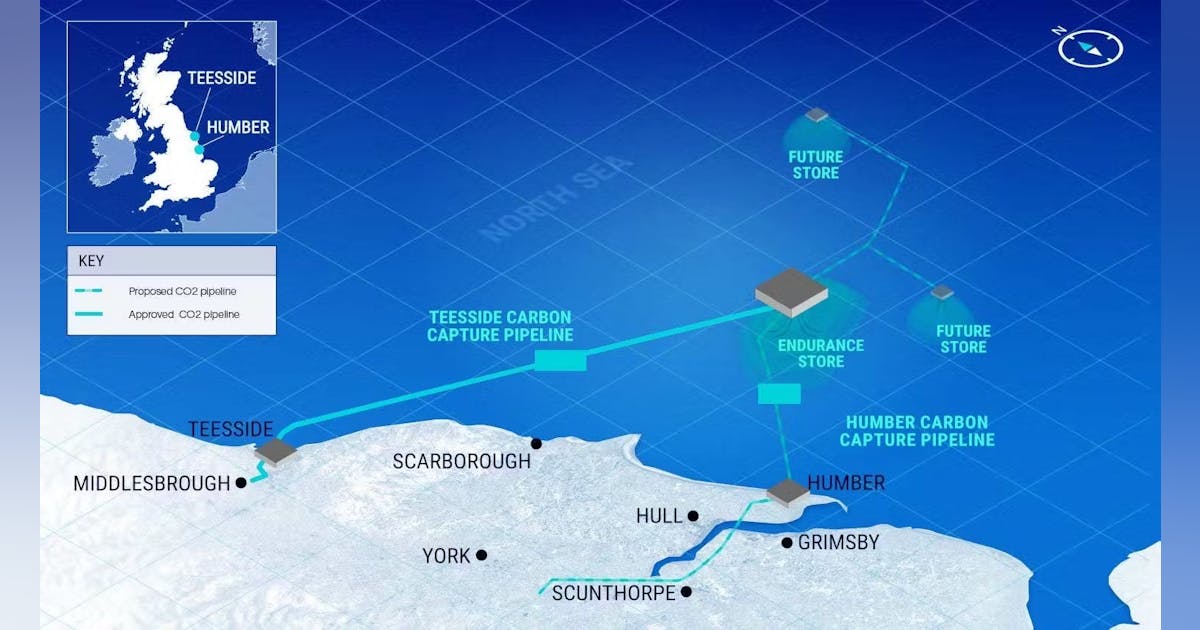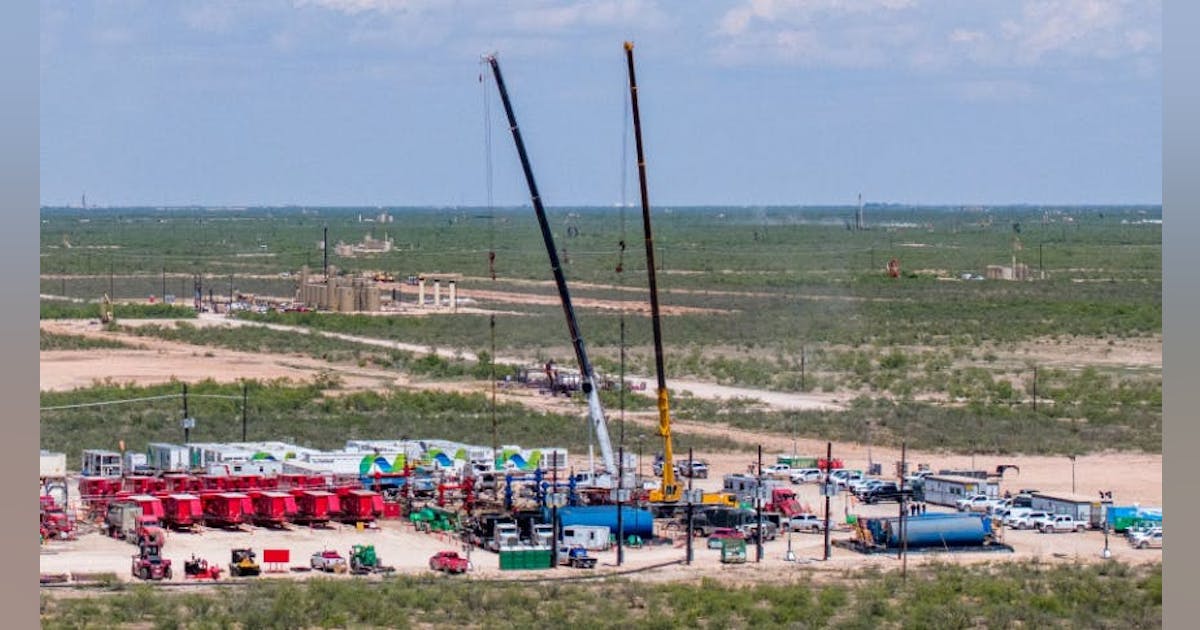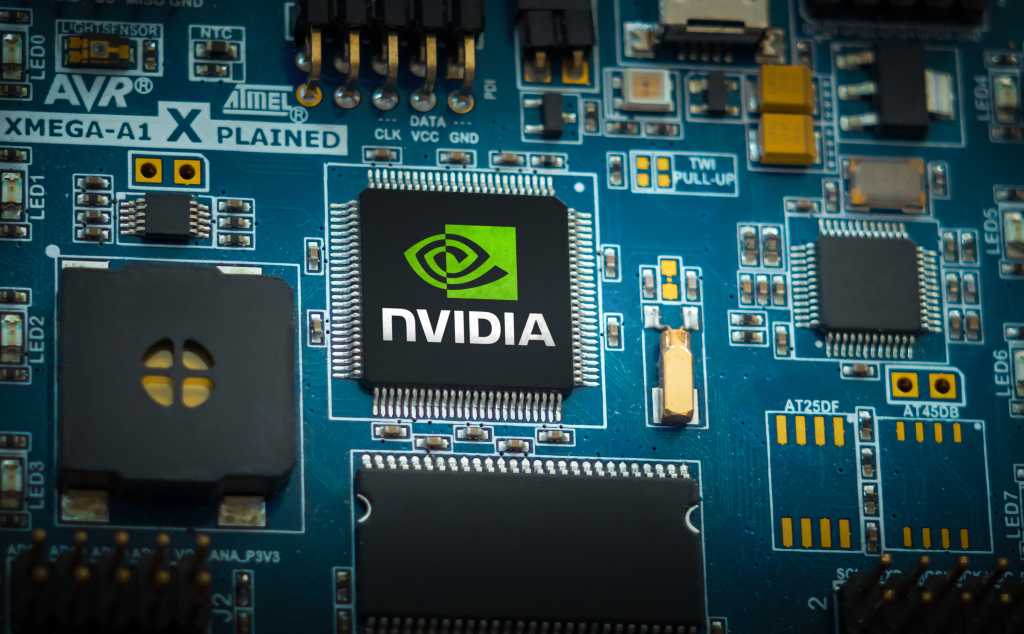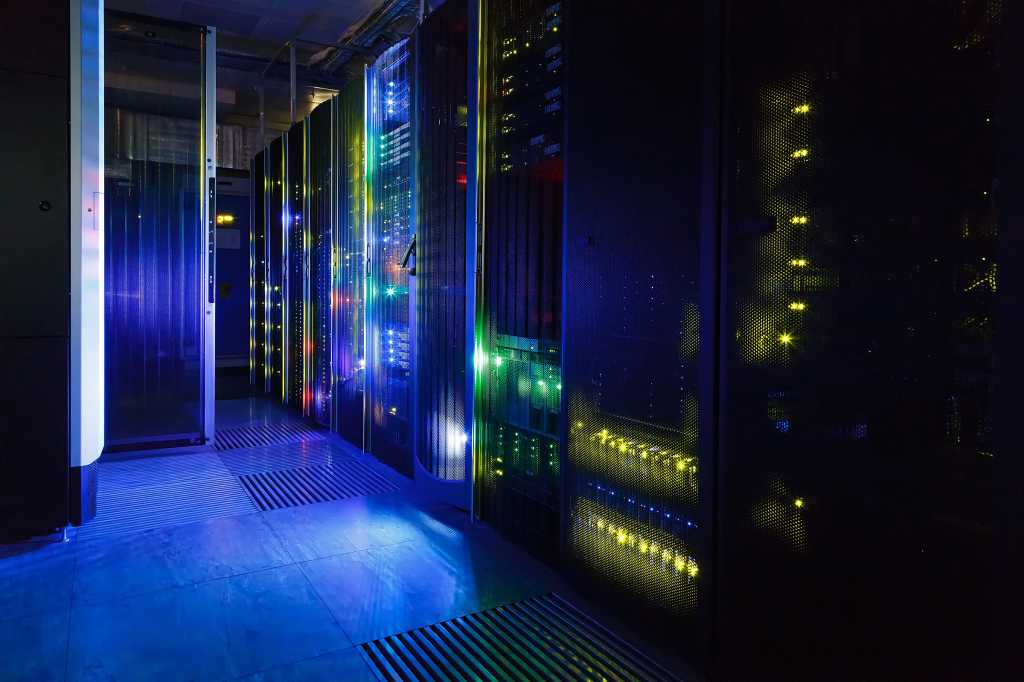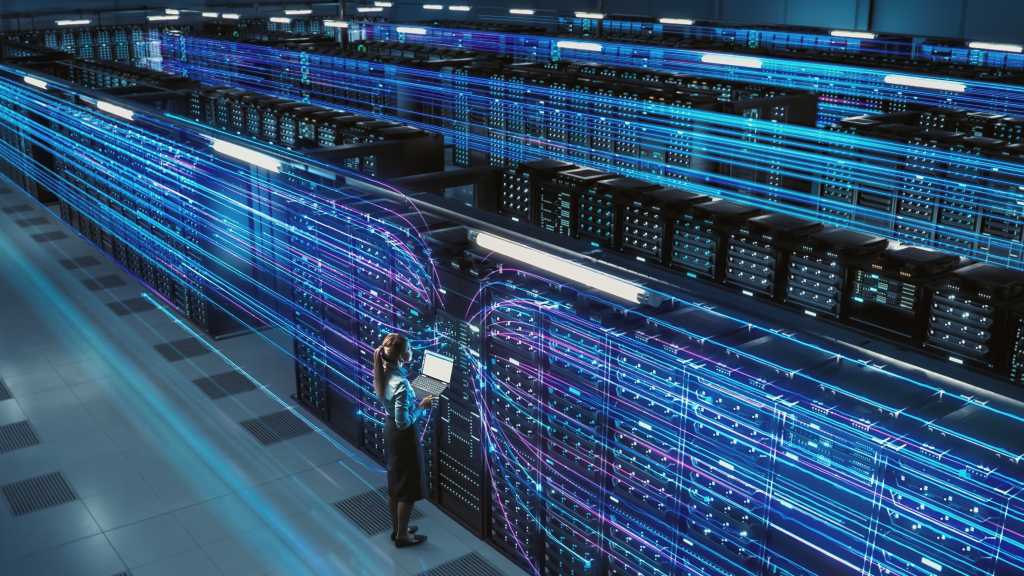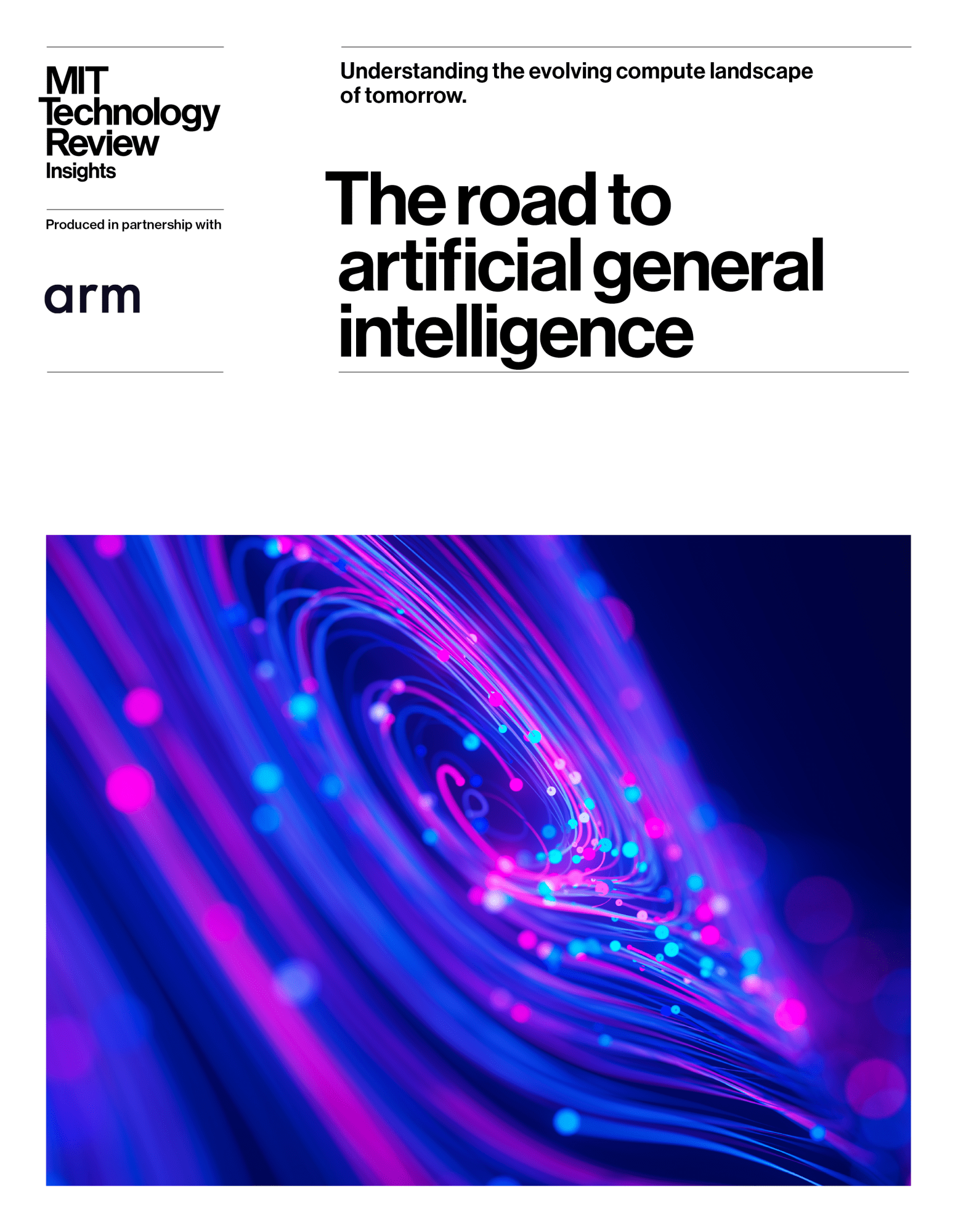
The September natural gas contract “sold off sharply yesterday as Monday’s initial show of support collapsed”, Eli Rubin, an energy analyst at EBW Analytics Group, said in a report sent to Rigzone by the EBW team on Wednesday.
That report highlighted that the September natural gas contract closed at $2.808 per million British thermal units (MMBtu) on Tuesday. It outlined that this was a 14.6 cent, or 4.9 percent, drop from Monday’s close.
“Cooling demand will make a step-change lower into the last third of August to bring forward the end of summer – and push back any meaningful declines in the storage surplus,” Rubin said in the report, noting that “it could remain difficult for any rally in the face of a 175+ billion cubic foot surplus to normal”.
“Supply remains stout and LNG demand, while finally rising, will only exert a slow, supportive impact over time,” Rubin added.
“Tropical risks should rise in coming weeks and overhanging demand destruction threat may bias risk perception in a bearish direction,” Rubin warned in the report.
The EBW Analytics Group analyst went on to state in the report that technicals point to a deeper test of support at $2.65 per MMBtu within the next 7-10 days.
“Although a still-further price drop may not be immediate – and the seasonal outlook may be modestly oversold – there are few identifiable bullish fundamental catalysts that will impede the further erosion of the September contract into the end of the month,” Rubin warned in the report.
In an EBW Analytics Group report sent to Rigzone by the EBW team on Tuesday, Rubin highlighted that the September natural gas contract dropped to $2.881 per MMBtu on Monday “before recovering to touch $3.000 [per MMBtu] by late morning”.
“However, the near-term fundamental outlook is devoid of upside catalysts as weather-driven demand continues to erode,” Rubin said in that report, which highlighted that the September natural gas contract closed at $2.954 per MMBtu on Monday. That figure represented a drop of 3.6 cents, or 1.2 percent, compared to Friday’s close, the EBW report outlined.
“August 2025 is increasingly on track for the coolest August since 2017,” Rubin stated in that report.
“Mild weather and falling power burns are pushing back any projected tightening in the storage surplus vs. the five-year normal until mid-September – sapping upside potential,” he added.
Rubin went on to note in that report that Henry Hub spot prices “again traded at $3.01 yesterday [Monday]” and said the September contract “flashed signs of technical support”.
“Over the past three weeks, September has closed each session within a 22¢ range from $2.932-$3.158 per MMBtu,” he stated in the report.
“Fundamentally, daily cooling demand may erode four billion cubic feet per day over the next 7-10 days and hurricane threats could drive a deeper sell-off,” he added.
“While the 30-45 day window could see tightening, the near-term landscape suggests continued tests of support,” Rubin went on to state.
At the time of writing, the National Oceanic and Atmospheric Administration’s (NOAA) National Hurricane Center (NHC) is tracking three weather disturbances in the Atlantic. One of these is located in the southwestern Gulf and had a 20 percent chance of cyclone formation in seven days as of 8am EDT on August 13, and another is situated in the northwestern Atlantic and had a zero percent chance of cyclone formation in seven days as of 8am EDT on August 13, the NHC site showed.
The other weather disturbance shown on the site is Tropical Storm Erin. This storm had maximum sustained winds of 45 miles per hour as of 5am AST on August 13, according to the NHC site.
EBW Analytics Group provides independent expert analysis of natural gas, electricity, and crude oil markets, the company’s site states.
Rubin is an expert in econometrics, statistics, microeconomics, and energy-related public policy, the site adds, noting that he is “instrumental in designing the algorithms used in our models, and in assessing the potential discrepancies between theoretical and practical market effects of models and historical results”.
To contact the author, email [email protected]


